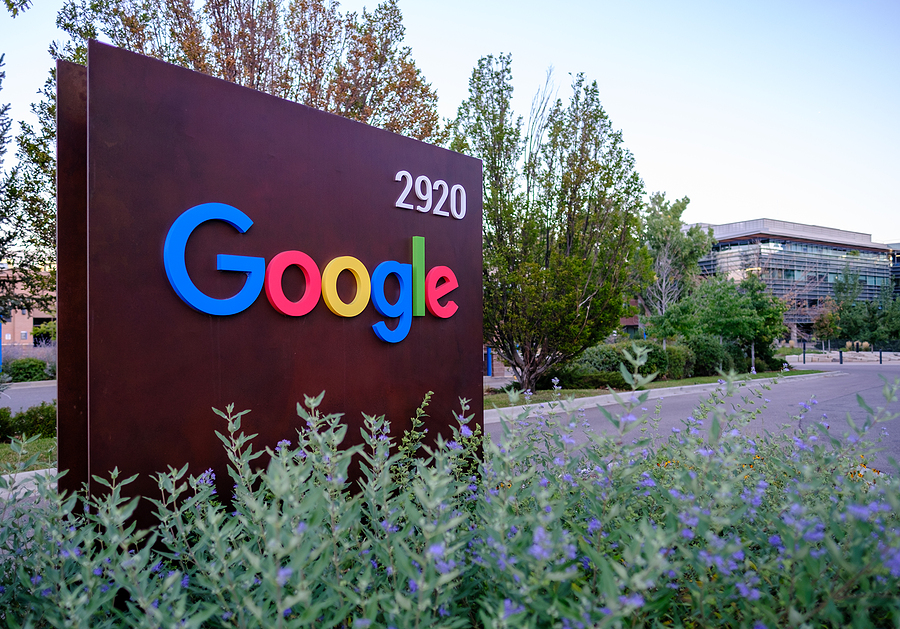
Google’s Sustainability Report Findings
In its latest sustainability report, Google detailed its plan to incorporate more recycled materials and reduce waste.
Report figures showed around 30 percent of all materials used to fabricate new products in 2022 originated from recycled sources such as aluminum, stainless-steel, rare-earth magnets, glass and plastic.
Google has resold over 37 million hardware components from its data centers since 2015. In 2022 alone, the company had shifted more than 5 million items, 21 percent of which were repurposed inventory intended for server setup, upkeep, and upgrades.
“We aim to increase the circularity of our hardware products and operations by decreasing our use of mined materials and signaling our demand for a more circular economy in our procurement of recycled materials,” the report noted.
“This is in addition to extending the life of our products through software updates and expanded repair options.”
Google Partners with Retrievr in Denver
Retrievr, a doorstep collection company, recently joined forces with the tech giant to launch a trial e-scrap collection program “designed to address the behavioral reasons that stop consumers from recycling.”
In addition to Google; Apple, Amazon, Dell Technologies, and Microsoft have also collaborated on the project.
“Unlike recycling household items like food packaging or shipping boxes, electronics have unique barriers to overcome before consumers feel comfortable taking action,” the report highlighted. “The goal of the pilot is to study how the industry can reduce barriers and increase participation in e-waste recycling.”
Two Major Objectives
Kabira Stokes, the CEO of Retrievr, has two primary objectives for its pilot program in Denver: to enhance the city’s electronics recycling rate, and to revolutionize public thinking around recycling.
“It’s really a paradigm shift in the way people think about electronics recycling,” she commented. “It seems out of reach and hard. We can make it easy.”
According to a recent Colorado state report, the recycling of e-waste has been declining annually since 2015 when a high of 23,800 tons was recorded. Last year saw only 13,800 tons recycled, far short of the goal of 28 percent for diverted municipal solid waste.
“Having this service launch in Denver is a great way to give our residents a new way to recycle their old electronics all while boosting our city’s diversion rate,” Michael Hancock, Denver’s Mayor, stated in a press release. “Recycling is an easy but critical action we all can take to reverse the effects of climate change and lower our greenhouse gas emissions, and I encourage everyone in Denver to take advantage of this new service.”
Around 1.5 years ago, the consortium of brands reached out to Stokes and her company regarding the potential program. She noted that Denver was ultimately chosen for the combination of its strong environment ethos, yet comparatively low recycling rates.
Retrievr’s Process
Denver residents have the unique opportunity of utilizing Retrievr’s doorstep recycling service with no fees. Customers are able visit the website, select items that need recycling and schedule a pick-up. Usually there is an initial charge of $20 and then an additional fee for products such as TVs and monitors with screens, but the brand owners are waving these costs initially.
Stokes pointed out that the period for which the firms will be covering the charges does not have a fixed duration, as it is dependent on how widely utilized the service proves to be.
As an e-Stewards Enterprise, Retrievr guarantees that all electronic devices collected will not only be safeguarded with secure chain of custody, but also assured that the data removal protocols are consistent with NIST requirements for proper destruction.
Stokes also remarked that Retrievr does its best to “keep it as local as possible for as long as we can,” referencing the organization’s decision to partner with an e-Stewards-certified collection agency based in Denver.
She declined to comment on the cost of the pilot, also citing participation as a factor of the total scope.
“Is it worth it to spend the initial spend to get people to participate? We’ll learn a lot over the next year,” she concluded.
